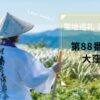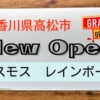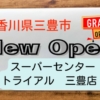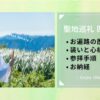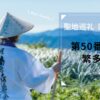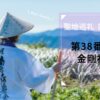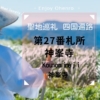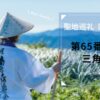【Japan tourism】 Shikoku 88 temple pilgrimage trip [No.79] Kinkazan Kousyouin Tennouji
Tennouji
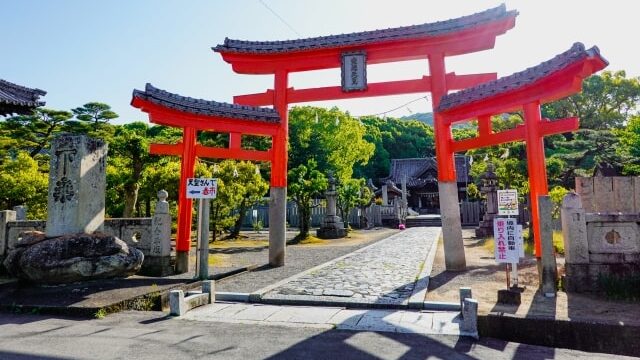
| Principal image | Eleven-faced Kannon Bodhisattva |
| Honzon mantra | Onmaka kyaronikya sowaka |
| Denomination | Shingon Buddhism Omuro sect |
Place
Temple lodging: none
Phone:0877-46-3508
〒762-0021
1713-2 Tennou Nishishocho, Sakaide City, Kagawa Prefecture
Gosyuin(red stamp)
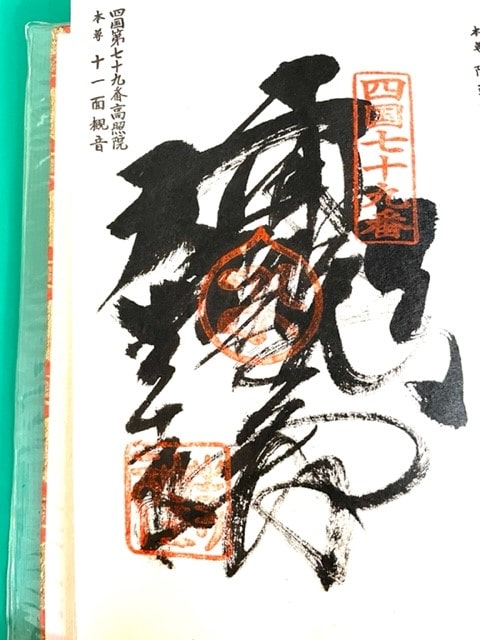
History
Gyoki, who visited this area for his tour of Shikoku, named this mountain, where a large amount of ore was produced, “Kanayama" as “the mountain where Kanayamahime and Kanayamahiko are seated". And it is said to have originated from the construction of Kanayama Manishu-in, whose principal image is Yakushi Nyorai.
During the Konin era, Kobo Daishi visited and moved the dilapidated Kanayama Manishu-in to the current location of Tennoji. And it is being revived as 'Kinkazan Myojojuji Manishuin’.
The temple’s name, Tenno-ji, comes from the fact that it was the place where the retired emperor Sutoku was exiled after being defeated in the Hogen War (1156). When Emperor Sutoku passed away here in 1164 (Choukan 2), Emperor Nijo built Emperor Sutoku Shrine as a memorial service. Emperor Go-Saga gave the temple the title of Eternal Bettoshoku, and it came to be called 'Emperor Sutoku Temple’.
Due to the separation of Shintoism and Buddhism in the Meiji era, the temple was temporarily abandoned, but Kosho-in Temple, which was the main subordinate temple, was moved to this place, and it is now known as Kinkazan Kousyouin Tennouji.
Highlight
【three-wheeled torii】 Instead of the main gate, there are three torii gates with small side torii gates on the left and right sides of the normal torii gate.
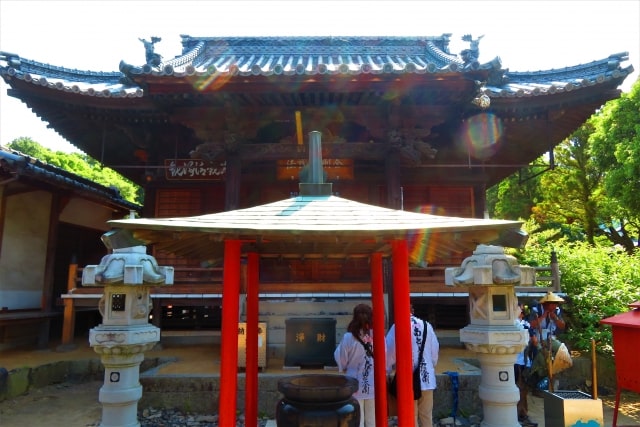
【main hall】 It is customary to visit both the front of the main hall and the back of the main hall.
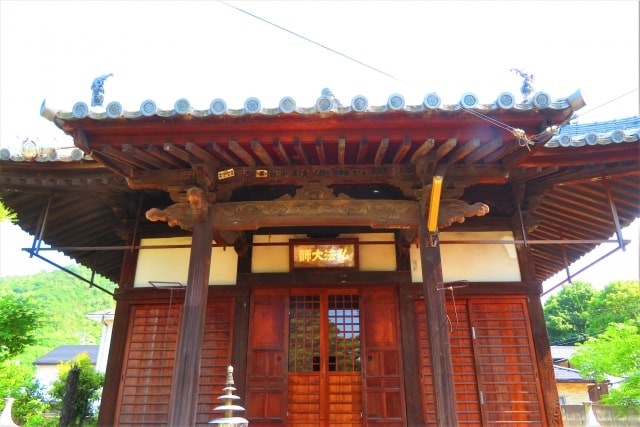
【Daishidou】
It is about 7 km (about 15 minutes by car) to the next 80th bill place “Kokubunji"!

